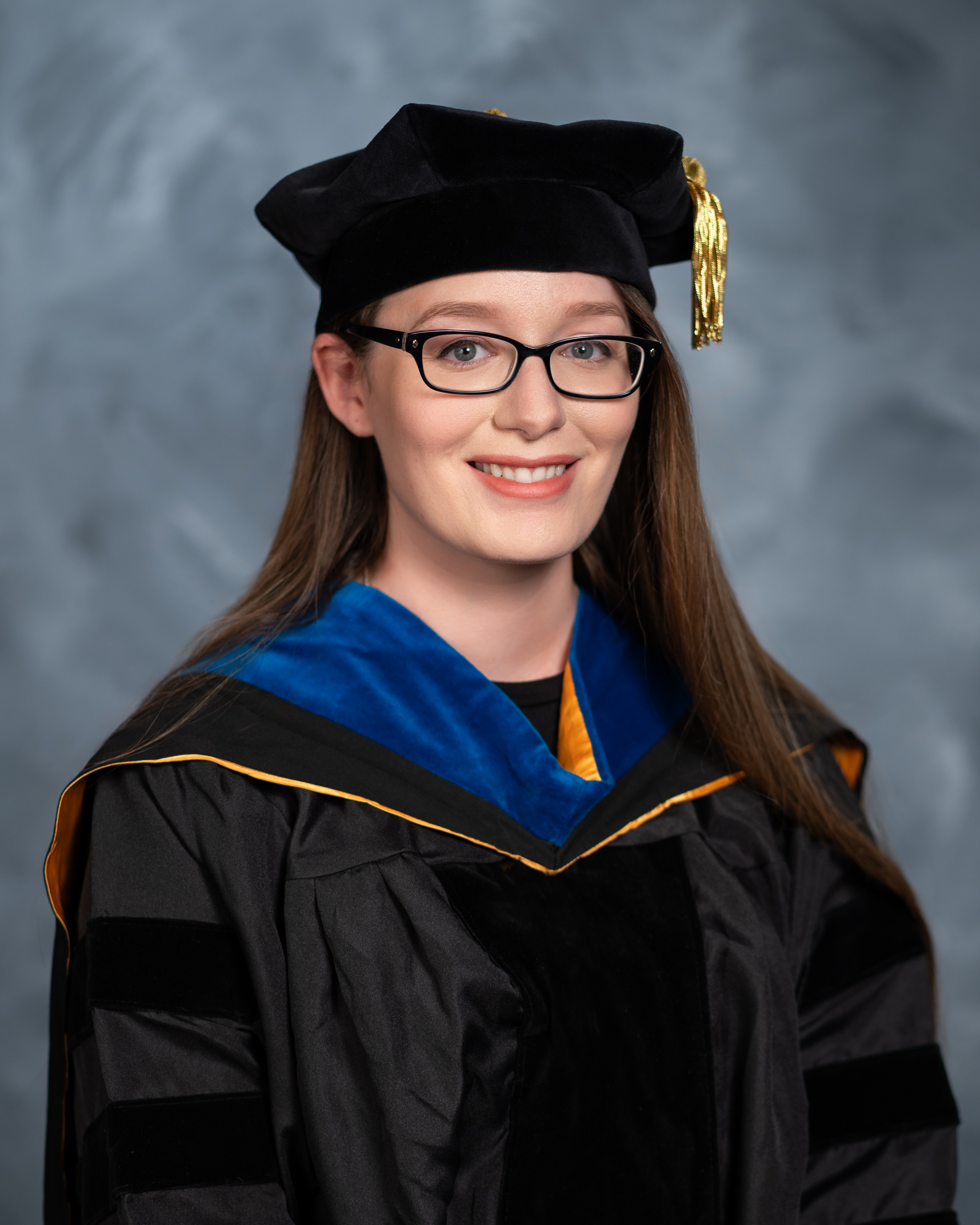
The transcriptomic effects of Islet-1+ stem cell transplant and repair in an allogeneic sheep model of myocardial infarction
Lorelei Hughes1, Richard Vega1, Leonard L Bailey2, Nahidh W Hasaniya2, Mary Kearns-Jonker1.
1Department of Pathology and Human Anatomy, Loma Linda University, Loma Linda, CA, United States; 2Department of Cardiovascular and Thoracic Surgery, Loma Linda University, Loma Linda, CA, United States
Introduction: Heart disease is the number one cause of death worldwide. One of the key reasons for this high mortality is that the adult heart has an extremely limited capacity for self-repair. Neonates possess the unique capacity to regenerate the heart during the regenerative window soon after birth, making them a promising potential source for stem cells with enhanced regenerative capacity. Our group has previously demonstrated that neonatally-derived Islet-1+ stem cells restored cardiac function and induced angiogenesis without rejection in the absence of immunosuppression in an allogeneic sheep myocardial infarction model. The current study was designed to analyze the transcriptomic changes induced in the tissue within the cell repair zone following neonatal Islet-1 stem cell transplantation in this sheep model post-infarction.
Methods: Three experimental sheep approximately 1 year of age received a myocardial infarction followed 3-4 weeks later by transplantation of 10 million cloned, allogeneic Islet-1+ stem cells derived from neonatal lambs. No immunosuppression was administered. Two months post-transplant, sheep were euthanized, and hearts were sectioned for RNA sequencing analysis. Two zones of interest within the left ventricle were identified for further study: the cell-treated repair zone, and the non-infarcted region. The stem-cell treated repair zone was compared against the non-infarcted region of the same sheep using DESeq2. The subsequent datasets were analyzed using NCBI DAVID, KEGG, GSEA, and OmicsNet.
Results: The EGFR signaling pathway and ECM reorganization were both predicted by NCBI DAVID to be significantly activated within the cell-treated repair zone. The PTGS-PGE2-EP4-YAP1-Agrin signaling axis was also induced within this region. Transcripts associated with proliferation, stemness, and angiogenesis were elevated within the cell-treated repair zone. Specific signaling pathways that contributed to these functions included Notch, cAMP, VEGF, Wnt, mTOR, Hippo, and p53.
Conclusion: Our findings demonstrate neonatal Islet-1+ stem cells stimulate pro-regenerative processes which function to enhance cell survival, proliferation, regeneration, and angiogenesis in vivo. Activation of the PGE2 signaling axis is of particular interest as PGE2 has been shown to mitigate rejection in addition to broadly enhancing reparative functions. Collectively these properties contribute to the efficacy of neonatal Islet-1+ stem cell-based repair in large animals.
Charles Sims MD Scholar award [SIMS-23-001]. Grants to Promote Collaborative and Translational Research (GCAT) award [681130-2934]. California Institute for Regenerative Medicine (CIRM) Bridges to Stem Cell Research Program Grant [EDUC2-08418].
[1] Islet-1
[2] Prostaglandin E2
[3] Stem Cell Transplant
[4] Cardiac Repair
[5] Allogeneic Transplant
[6] Transcriptomic Analysis
[7] RNA sequencing
[8] Ovine Model
[9] Large Animal Model